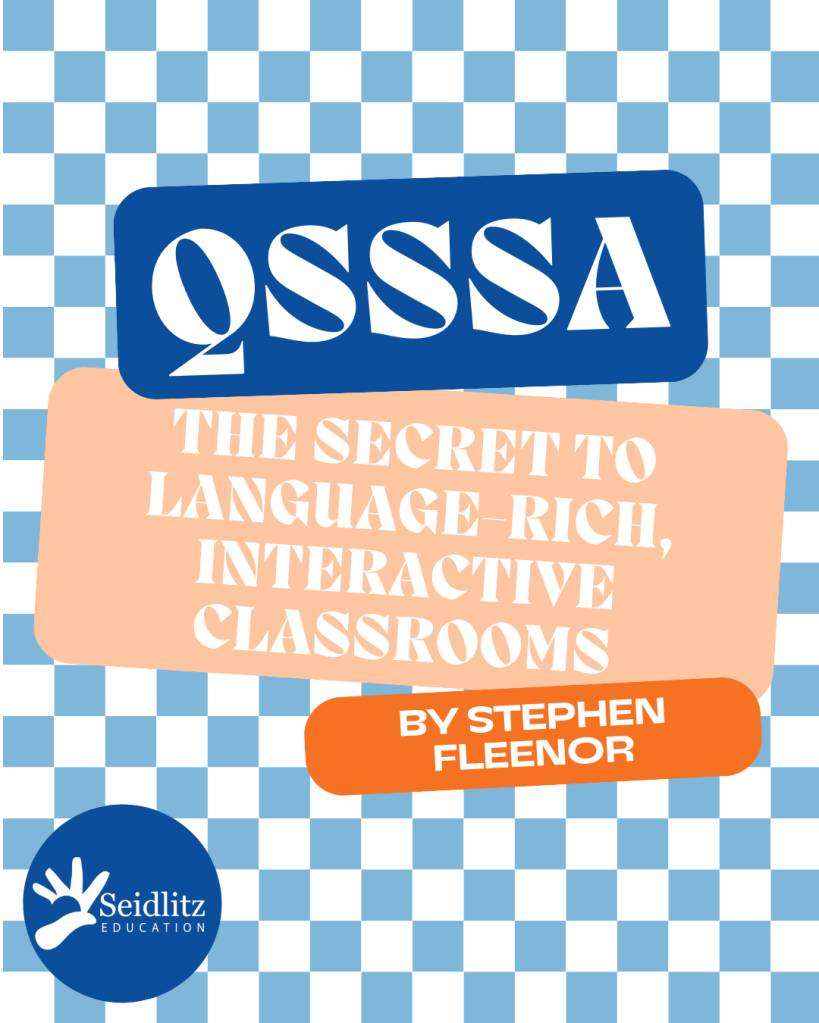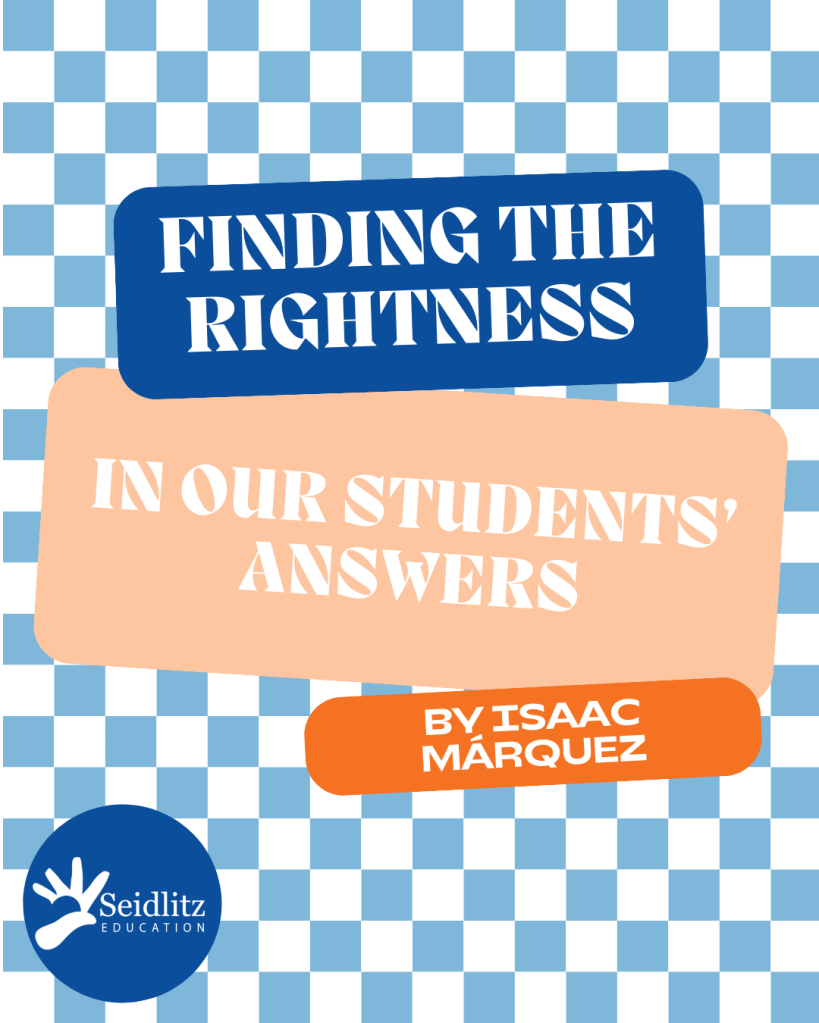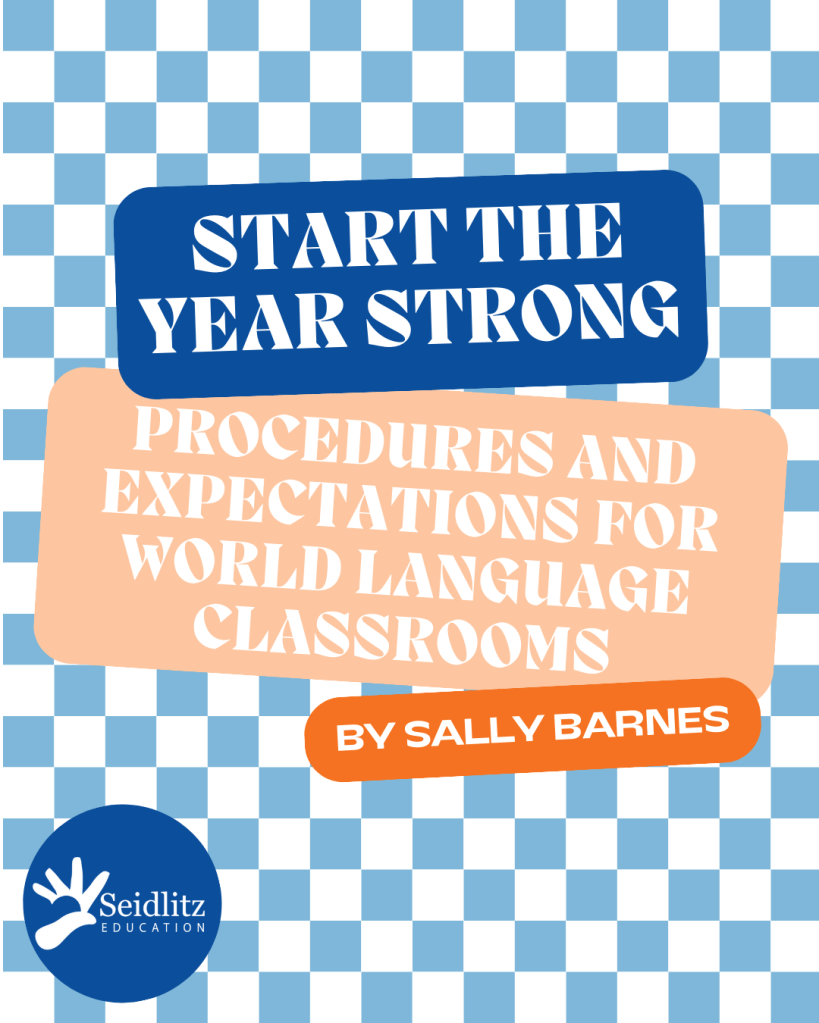by Elise White Diaz
For years, the 7 Steps framework had been my Bible—my gospel for teaching language to some of the most challenging students: timid newcomers and discouraged multilingual learners struggling with disabilities.
But one day, I was sitting beside a newcomer of 2.5 years who refused to participate. She was well past the silent period, so expecting her to verbalize “repeat, please,” didn’t seem unreasonable. We were on Step 1: What to Say Instead of I Don’t Know. I had broken down each phrase and ensured understanding, and now it was her turn to repeat after me. She opened her mouth, paused, and simply said, “No.”
The finality in that single syllable said everything. Her eyes narrowed in defiance. I knew there was nothing I could do to coax her into speaking. My mind jumped back to other students who refused to speak (although they most certainly could), and to students who resisted walking into a classroom.
Something deeper was happening with these students—something I couldn’t reach with strategies alone. The crisis team, the administrators, even the parents were at a loss. The special education department called it culture shock, but decades of experience told me that wasn’t the whole story.
Continue reading “Beyond the 7 Steps: Discovering a Trauma-Informed Approach for Multilingual Learners” →






